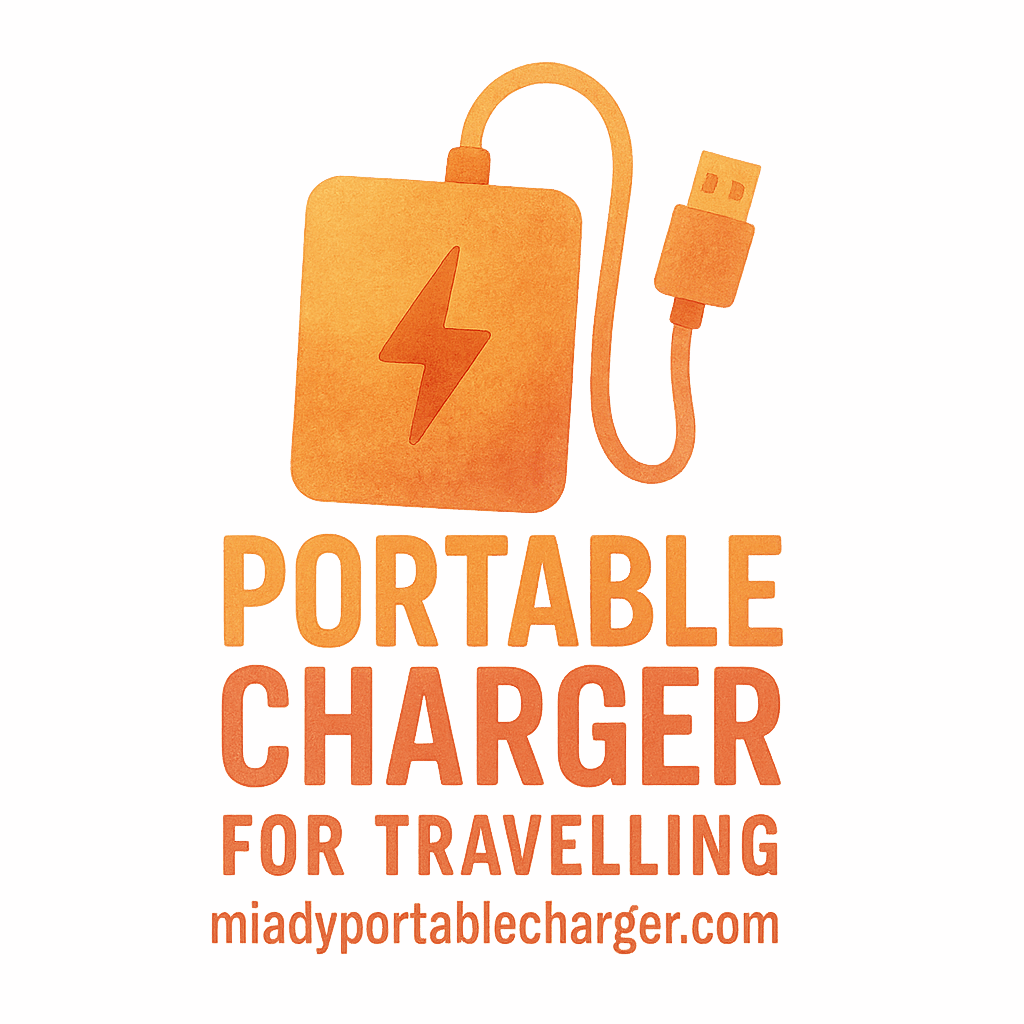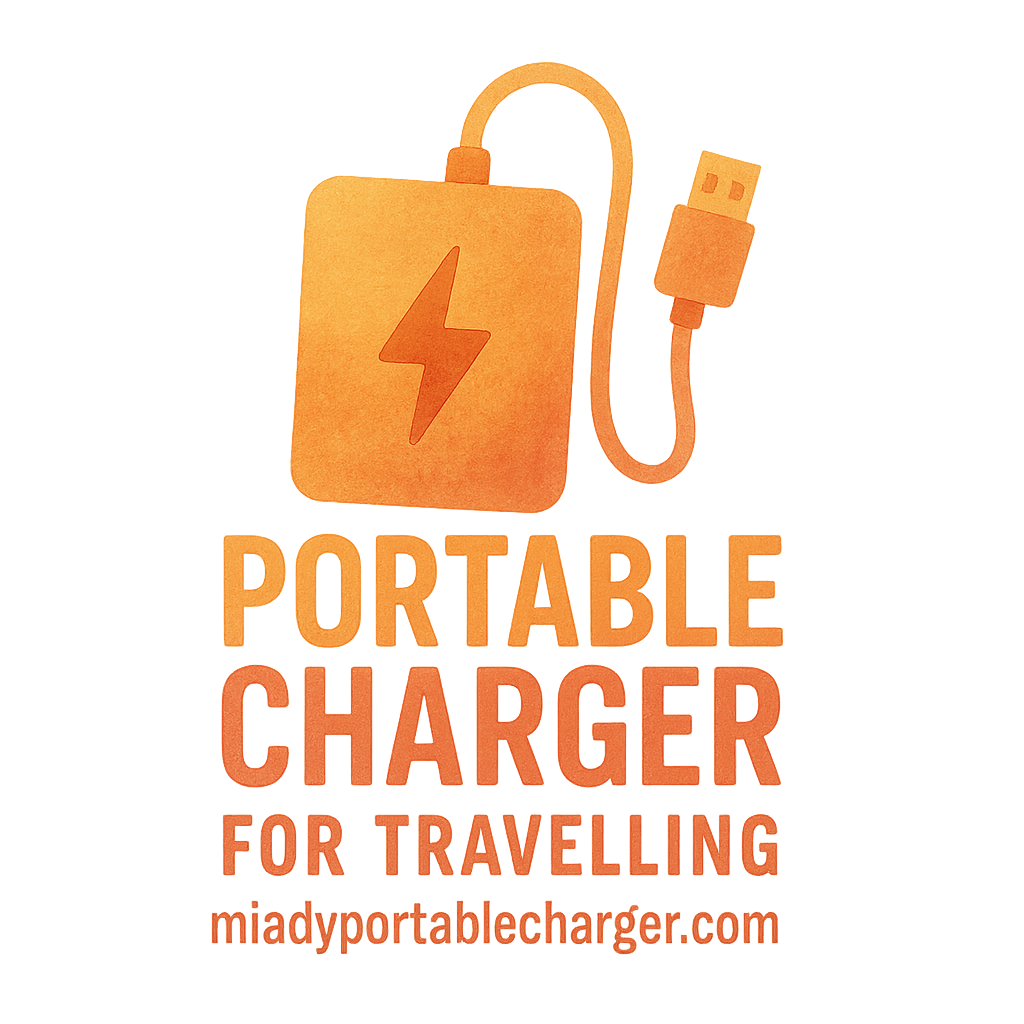Introduction
In today’s world, staying connected is more important than ever. Portable chargers (also known as power banks) have become essential gadgets for most of us. Whether you’re on a business trip, traveling for leisure, or simply trying to keep your devices powered up during a busy day, portable chargers offer great convenience. But what happens when these portable lifesavers start to lose their effectiveness? Do you know when it’s time to replace your portable charger? Let’s dive into 10 signs your portable charger needs replacement.
Understanding the Lifespan of Portable Chargers
Before we get into the specific signs of a failing portable charger, it’s important to understand how long these devices are expected to last. On average, a portable charger should last anywhere from 2 to 3 years, depending on usage, quality, and the care it receives. Over time, the battery inside the charger degrades, reducing its efficiency and ability to hold a charge.
So, if you’re noticing issues with your portable charger, don’t be surprised—batteries have a finite life, and eventually, they’ll need to be replaced.
Sign #1: Decreased Charging Speed
One of the most noticeable signs that your portable charger is on its last legs is a decrease in charging speed. You plug in your device, but it takes longer than usual to get a decent charge. This could indicate that the battery inside your portable charger is no longer functioning at full capacity.
If your charger used to power up your phone in a couple of hours, but now it takes twice as long, it may be time for an upgrade. A slower charging time can also be a sign that the charger is having difficulty managing the power it needs to efficiently charge your devices. This can be especially frustrating when you’re traveling and need to keep your device powered. If you’re someone who enjoys adventure travel, a charger with slow charging speed can really put a damper on your experience. You might want to check out our adventure travel section for tips on how to choose the best charger for your trips.
Sign #2: Inconsistent Power Output
Another clear sign that your charger needs replacing is when it provides inconsistent power output. You might plug your phone in and see the charging icon appear, only for it to disappear moments later. This intermittent charging is a big red flag.
Inconsistent charging could also mean your charger is fluctuating between full power and low power, which may damage the internal components of your device. If this is happening, it’s better to replace the charger before it causes any irreversible harm to your gadgets. If you want to learn more about choosing the right portable charger, check out our buying guide for expert advice.
Sign #3: Failure to Charge Devices
This one seems obvious, but it’s still worth mentioning: when your portable charger stops charging devices altogether, it’s time to replace it. If the charger no longer powers up your phone or tablet even after several attempts, there’s a good chance the internal battery is dead.
When a charger no longer performs its basic function of charging, it becomes useless. Try using a different charger to confirm that the issue is indeed with the portable charger and not your device. If you are looking for the best charging tips, check out our charging tips to maximize the life of your charger.
Sign #4: Overheating Issues
Portable chargers naturally generate some heat during use, especially when they are charging multiple devices. However, if your charger gets excessively hot or if it shows signs of overheating, this is a serious issue. Overheating can cause damage to the charger’s internal circuitry and may even be a fire hazard.
If your charger feels dangerously hot to the touch, it’s definitely time to replace it. Some chargers come with safety features that prevent overheating, but if these features aren’t working properly, it could indicate that your charger is malfunctioning. For safety reasons, check out our safe charging tips to ensure you’re using your charger safely.

Sign #5: Physical Damage
After months or years of use, it’s not uncommon for a portable charger to show signs of physical damage. Cracks in the casing, dents, or frayed cables are all indications that the charger may no longer work safely.
Even if the charger appears to be working despite physical damage, it could be compromising the internal components. If you notice any physical damage, it’s best to replace the charger as it could affect its efficiency and safety. Want to keep your gear in top shape? Check out our travel essentials guide for tips on maintaining your portable charger while traveling.
Sign #6: Battery Drain
Do you find that your portable charger drains too quickly even when it isn’t being used? This could be a sign that the internal battery is wearing out. When this happens, the charger may discharge much faster than expected, leaving you with a dead charger when you need it most.
If your charger drains itself faster than it charges your devices, it’s time to replace it with a more reliable one. For tips on choosing the right charger, check out our must-have charging accessories section.
Sign #7: Not Holding a Charge
One of the most frustrating problems with a portable charger is when it won’t hold a charge. You plug it in, and it gets fully charged, but then it loses all power after a short time. This issue occurs when the internal battery can no longer hold energy for a prolonged period.
A charger that won’t hold a charge is essentially useless, especially if you rely on it for long trips or outdoor adventures. If your charger loses power too quickly, it’s time to invest in a new one. We recommend checking out some portable charger reviews to find the best options for your needs.
Sign #8: Flickering LED Indicators
Most portable chargers have LED indicators that show how much charge is left. If these lights flicker or blink erratically, this can signal an internal issue with the charger’s battery or circuitry. A flickering light may also mean that the charger is failing to properly distribute power to the device it is charging.
If you notice your LED indicators acting strangely, it’s probably time to replace your portable charger. You can also explore our high-capacity charger options for more reliable alternatives.
Sign #9: Frequent Short-Circuiting
Short circuits are never good news, and they can happen if there’s an issue with the charger’s internal wiring or battery. If your portable charger is frequently short-circuiting, it could cause permanent damage to the charger or even your device.
A short circuit is a serious electrical issue, and it’s not something you should ignore. If this is happening, it’s crucial to replace the charger to avoid further damage. For additional protection, consider investing in a charger with built-in safety features—check out our outdoor charger collection for durable and safe options.
Sign #10: Strange Noises or Smells
Finally, if you hear strange noises or notice unusual smells coming from your portable charger, this is a clear sign that something is wrong. A charger that emits odd sounds or smells, like burning or plastic fumes, could be overheating or experiencing internal malfunctions.
Do not use a charger that exhibits these signs. Replace it immediately to avoid potential harm to both your devices and yourself. For additional information on choosing safe charging equipment, see our waterproof charger options for a reliable, long-lasting solution.
How to Extend the Life of Your Portable Charger
A portable charger is an investment, so it’s natural to want it to last as long as possible. Here are some tips to help extend its life:
- Avoid exposing the charger to extreme temperatures (either hot or cold).
- Keep it in a protective case when not in use.
- Never overcharge your portable charger; unplug it once it’s fully charged.
- Store it in a dry, cool place.
- Regularly clean the charging ports and cables.
For more tips on keeping your charger in top condition, head over to our charging tips section.
When to Replace Your Portable Charger
If your portable charger is showing any of the above signs, it’s likely time to replace it. The longer you wait, the more potential damage it can cause to your devices. It’s better to replace it early to avoid further frustration or risk.
Choosing the Right Replacement Portable Charger
When shopping for a new charger, look for one that matches your needs. Consider the following:
- Capacity: Choose a charger with enough power to meet your charging requirements. Larger-capacity chargers are ideal for long trips.
- Safety Features: Look for a charger with overcharging and overheating protection.
- Portability: If you’re always on the go, pick a charger that’s lightweight and easy to carry.
Check out our detailed buying guide to make an informed decision when purchasing your new portable charger.
Conclusion
Portable chargers are essential tools for staying connected, but like all electronics, they don’t last forever. If you’re noticing any of the signs mentioned above, it’s time to consider replacing your charger. Don’t wait until it’s too late—keep an eye on your charger’s performance, and replace it when necessary. Your devices will thank you!
FAQs
- How long do portable chargers typically last?
- On average, a portable charger can last anywhere from 2 to 3 years depending on its usage and maintenance.
- What should I do if my portable charger won’t hold a charge?
- If your charger doesn’t hold a charge, it may be time for a replacement. Consider checking the cables and ports before giving up on it.
- Can I fix a portable charger that’s overheating?
- If your charger is overheating, it’s best to replace it. Overheating can damage the internal components and create safety risks.
- How do I maintain my portable charger to make it last longer?
- To extend your charger’s lifespan, avoid extreme temperatures, unplug it once it’s fully charged, and clean the charging ports regularly.
- What are the best portable chargers for traveling?
- For travel, look for chargers that are compact, lightweight, and have a high capacity for longer charging times. Check out our travel essentials for more options.
- Why does my portable charger charge so slowly?
- A slow charge could be due to a weakened battery, damaged charging ports, or an insufficiently powerful charger.
- Is it safe to continue using a portable charger with a flickering LED?
- No, a flickering LED indicates a malfunction, and it’s safer to replace the charger before it causes further issues.


